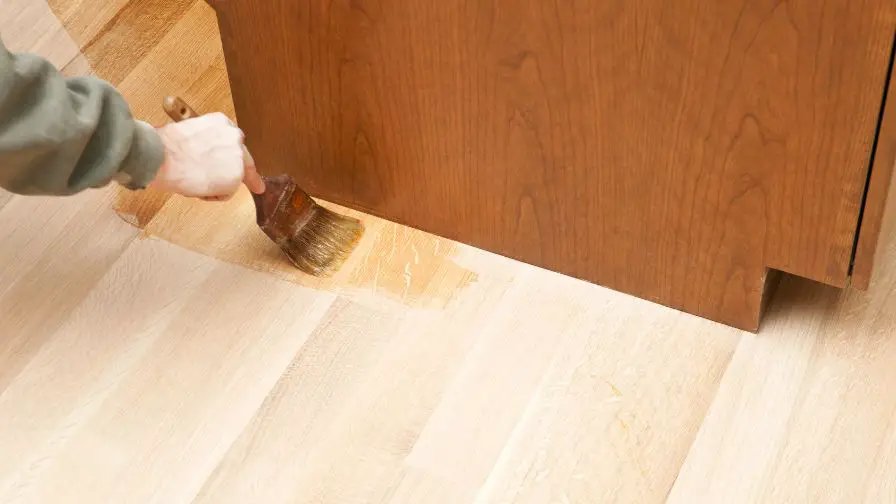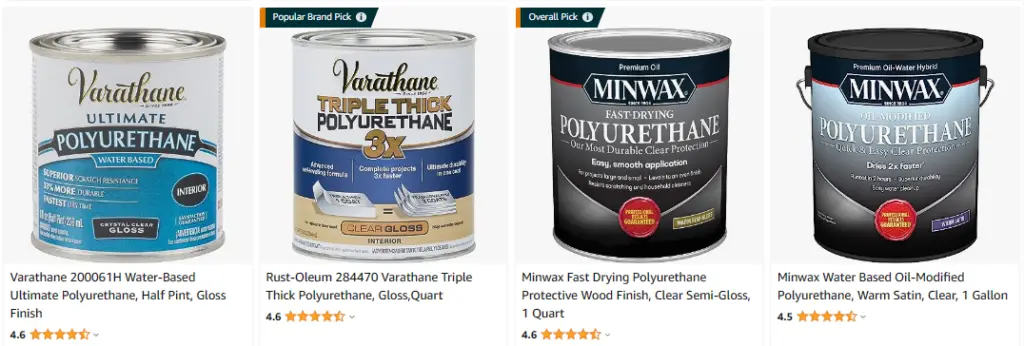
When you have been using polyurethane to finish your wood projects, you may notice that sometimes it leaves brush strokes. This can get a bit frustrating, especially since you are taking the time to apply a nice finish. So what is causing this and how can you fix it?
In this blog post, we will discuss the causes of brush strokes in polyurethane and how to prevent them.

Click Here To Check The Pricing On Amazon
Why Do Brush Strokes Get Left In Polyurethane Finishes?
There are a few reasons why brush strokes might get left in polyurethane finishes:
-Polyurethane may not fully cure. It can get gummy and sticky, which can cause brush strokes.
-Polyurethane was applied in too thick of a coat. This can cause the finish to level unevenly and brush strokes are more visible.
-The wrong type of brush was used. A natural bristle brush will absorb more polyurethane and leave brush strokes more easily than a synthetic brush.
Subscribe to Angela Marie Made
How To Prevent Brush Strokes In Polyurethane From Happening
When you are applying polyurethane to your woodworking project, there are a few things you can do to prevent brush strokes from happening:
-Always use a high-quality brush.
-Avoid using too much pressure when you are brushing the polyurethane onto the surface.
-Apply the polyurethane in thin coats, and each coat is completely dry before adding another.
-When you end up with brush strokes in your polyurethane finish, you can try lightly sanding the area smooth and then put in another thin coat of polyurethane.
Additional Tips For Applying A Smooth Brush Finish With Polyurethane
When applying your final coat of polyurethane, always use a fresh brush. A clean and new brush will lay down a smoother finish than an old and tired brush.
If you’re having trouble getting a smooth finish with your brush, try using a foam brush instead. Foam brushes tend to lay down a smoother finish than traditional bristle brushes.
Since you see any brush strokes after the polyurethane has dried, sand them out with fine-grit sandpaper and then re-apply another coat of polyurethane.



